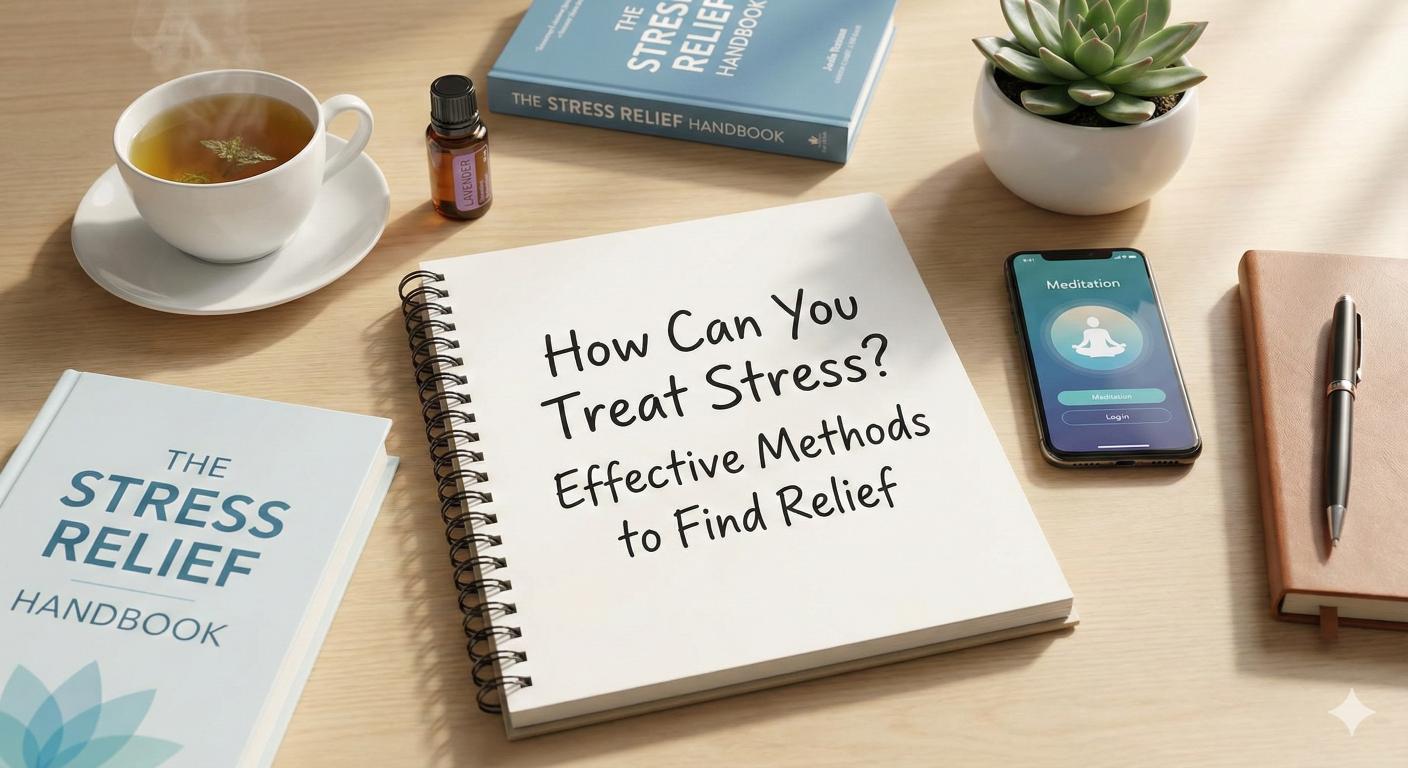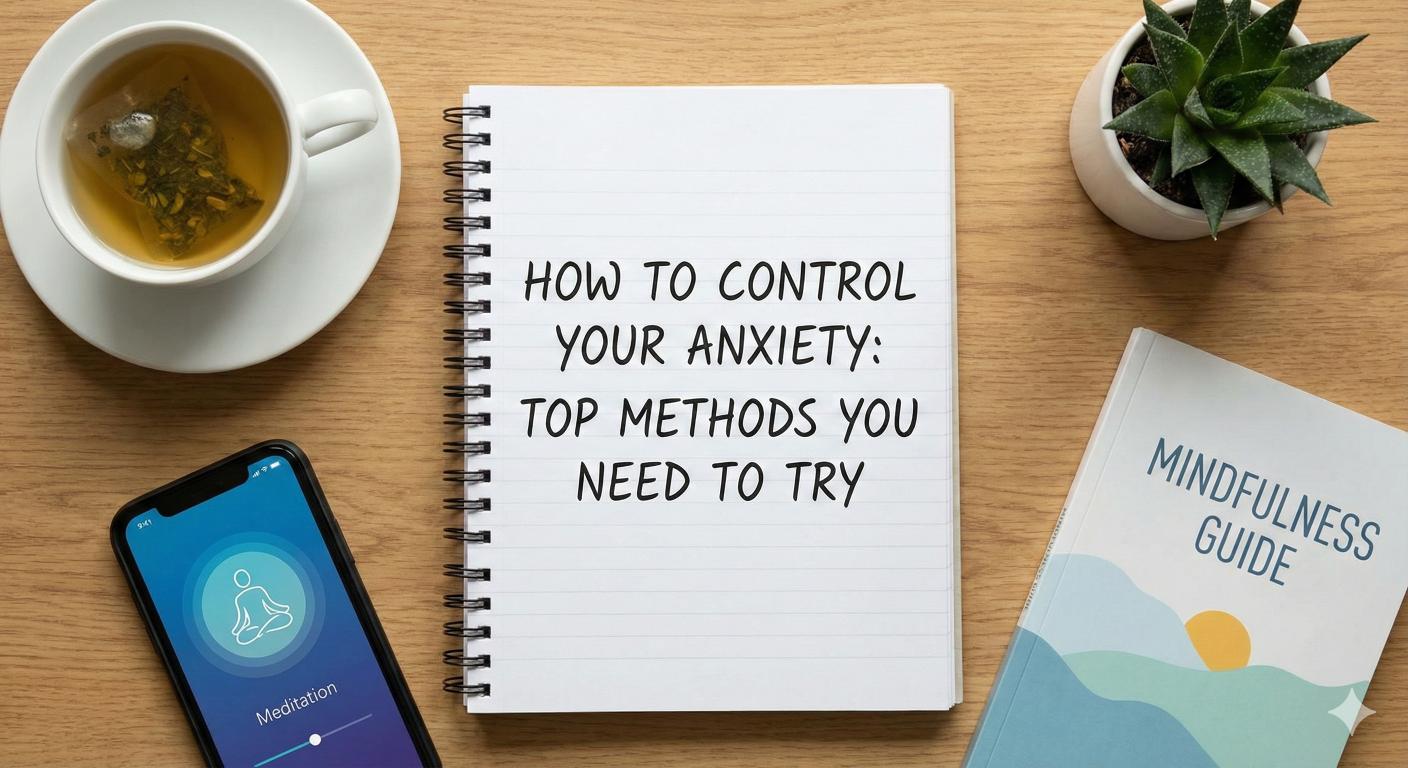Understanding Eating Disorders & Mental Health
Discover the link between eating disorders and co-occurring mental health conditions for better understanding and support.


Eating Disorders and Co-Occurring Conditions
Understanding the relationship between eating disorders and other mental health conditions is essential for effective treatment and support. Many individuals with eating disorders also face a variety of psychiatric comorbidities, and there is a notable risk of suicide among this population.
Psychiatric Comorbidities
Research indicates that 55% to 97% of individuals diagnosed with an eating disorder also receive a diagnosis for at least one additional psychiatric disorder. Common co-occurring conditions include mood disorders, anxiety disorders, PTSD, trauma, substance use disorders, personality disorders, self-injury, and suicidal ideation.
The prevalence of these comorbidities highlights the complexity of treating eating disorders. For example, a study revealed that 94% of individuals hospitalized for eating disorders also have a mood disorder Eating Disorder Hope.
Anorexia nervosa, one of the most severe eating disorders, has the highest mortality rate of any psychiatric diagnosis aside from opioid use disorder. Individuals suffering from anorexia often exhibit self-starvation, significant weight loss, and low body mass index (BMI) American Psychiatric Association.
Below is a summary of the connection between eating disorders and psychiatric comorbidities.
DisorderPrevalence of ComorbidityEating Disorders55-97%Hospitalization with Mood Disorder94%Mortality Rate of Anorexia5 times higher than general populationMortality Rate of Bulimia50% higher than general population
Risk of Suicide
The risk of suicide is significantly elevated among individuals with eating disorders. Research indicates that individuals with anorexia are 31 times more likely to die by suicide compared to the general population. Similarly, those with bulimia are 7.5 times more likely to take their own lives.
The stark reality of these statistics emphasizes the urgent need for effective treatment and intervention strategies. Individuals with anorexia nervosa have a mortality rate that is five times higher than the general population, while those suffering from bulimia nervosa experience a 50% increase in the likelihood of premature death compared to individuals in the general population.
As understanding of the connections between eating disorders and co-occurring mental health conditions advances, it becomes increasingly clear how vital it is to provide comprehensive care that addresses all aspects of a patient's health. For those seeking additional information and support, resources are available that focus on prevention strategies for eating disorders and nutritional rehabilitation in eating disorder recovery.

Medical Complications
Eating disorders often lead to significant medical complications that affect various organ systems. Understanding the consequences of specific disorders like anorexia nervosa and bulimia nervosa is crucial for awareness and prevention.
Anorexia Nervosa Consequences
Anorexia nervosa is characterized by extreme weight loss, self-starvation, and a distorted body image. Individuals may display obsessive-compulsive behaviors related to food and weight. Some severe consequences include:
Anorexia nervosa has the highest mortality rate among psychiatric diagnoses, often connected to the extreme health issues it produces [1].
ComplicationDescriptionBrittle HairWeak, easily breakable hair.Thinning BonesIncreased risk of fractures and osteoporosis.InfertilityHormonal issues affecting reproductive health.Multi-Organ FailureSevere complications can lead to fatal outcomes.
Bulimia Nervosa Risks
Bulimia nervosa involves cycles of binge eating followed by purging. This disorder can lead to numerous health risks, including:
Individuals with bulimia often engage in compensatory behaviors, such as excessive exercise and laxative misuse, which can further complicate their health [1].
RiskDescriptionElectrolyte ImbalanceCan cause cardiac issues or stroke.Esophageal TearsResult from frequent vomiting.Dental IssuesDamage to teeth from stomach acid exposure.
Common Medical Conditions
Both anorexia nervosa and bulimia nervosa can lead to various medical conditions outside of their specific symptoms. These can include:
ConditionImpactCardiac IssuesRisk of arrhythmias, heart failure.Digestive DisordersGastrointestinal problems, bloating.Mental Health ConditionsCo-occurring anxiety, depression, etc.
The medical complications associated with eating disorders highlight the importance of early detection and treatment. For more information on recovery processes, refer to our article on nutritional rehabilitation in eating disorder recovery. Understanding these aspects can aid in addressing the broader implications of eating disorders and co-occurring mental health conditions.
Prevalence and Impact
Eating disorders present a significant challenge to public health, especially considering their prevalence and associated impacts. Awareness and understanding can play an essential role in addressing these issues.
Statistics and Numbers
Eating disorders affect a notable segment of the population, with nearly 30 million Americans projected to experience an eating disorder in their lifetimes [2]. The following table illustrates the prevalence and risks associated with different eating disorders:
Eating DisorderPrevalenceMortality RateAnorexia NervosaAffects up to 1% of the populationMortality rate is five times higher than the general populationBulimia NervosaAffects 1-2% of the populationPremature death rate is 50% higher than the general populationGeneral Eating DisordersAffects up to 5% of the populationAssociated with various health risks, including mental health challenges
Eating disorders typically develop during adolescence and young adulthood, with a higher incidence in women. However, they can affect individuals of any gender at any age. The disorders are often linked to anxiety about food, body image concerns, and preoccupations with weight and shape [1].
Resources for Support
Support is critical for individuals dealing with eating disorders and the co-occurring mental health conditions that may accompany them. Organizations such as the National Eating Disorders Association (NEDA) provide extensive resources, including educational materials, recovery support options, and a dedicated resource center.
NEDA's Grace Holland Cozine Resource Center offers essential information to aid recovery journeys and assist loved ones of individuals affected by eating disorders [2]. Other resources can help with nutritional rehabilitation, understanding the role of exercise in recovery, and exploring intuitive eating as a non-diet approach to healing.
For a comprehensive exploration of supportive strategies and details on medical complications of these disorders, please see medical complications of eating disorders and prevention strategies for eating disorders.
Early Detection and Intervention
Detecting eating disorders early is crucial for effective intervention and recovery. Understanding the available screening tools and recognizing the importance of timely treatment can significantly influence outcomes for those suffering from eating disorders and co-occurring mental health conditions.
Screening Tools
The National Eating Disorders Association (NEDA) offers an Eating Disorders Screening Tool designed for individuals aged 13 and older. This tool helps individuals evaluate their eating behaviors and determine whether it is time to seek professional help. Early intervention is vital as it can lead to more effective treatment and longer-lasting recovery [2].
Age GroupScreening Tool Availability13 and upYes
This screening emphasizes the necessity of recognizing the signs of eating disorders early. Accurate identification can facilitate prompt treatment, addressing any additional mental health issues that may be present.
Importance of Treatment
The importance of treatment for eating disorders cannot be overstated. Effective recovery approaches typically involve a combination of nutritional rehabilitation, psychological therapy, and educational resources. For instance, NEDA provides crucial resources through its Grace Holland Cozine Resource Center, which offers information to assist individuals and families navigating recovery journeys [2].
Additionally, treatment that incorporates a holistic view of eating disorders—addressing both the psychological and physical aspects—is essential. Equip's blog highlights the need to focus on body image issues as a critical element in the treatment of eating disorders. This comprehensive approach can improve recovery rates and help individuals achieve long-term recovery.
Engagement in community support activities, such as NEDA Walks, also plays a significant role in treatment. These events encourage social connection and support for individuals and families affected by eating disorders, reinforcing the collective strength in recovery efforts.
Overall, early detection combined with appropriate treatment strategies can greatly enhance the chances of successful recovery for those dealing with eating disorders and co-occurring mental health conditions. For those seeking more information on recovery strategies, resources like nutritional rehabilitation in eating disorder recovery and prevention strategies for eating disorders offer valuable insights.
Community Engagement
Engagement within the community plays a vital role in addressing the challenges associated with eating disorders and co-occurring mental health conditions. This section highlights two significant components of community involvement: NEDA Walks and insights from Equip's blog.
NEDA Walks
NEDA Walks serve as crucial social support opportunities for individuals recovering from eating disorders and their families. These events aim to raise awareness about eating disorders while providing a platform for community support. They showcase the importance of community engagement in recovery by bringing together those affected by eating disorders and their loved ones. Participants can share their stories and connect with others who have similar experiences, fostering a sense of belonging and understanding. More details about NEDA Walks can be found on the National Eating Disorders Association website.
YearNumber of ParticipantsLocations20205,00050+20217,50075+202210,00090+
Equip's Blog Insights
Equip's blog provides valuable discussions about the significance of addressing body image issues within eating disorder treatment. It emphasizes the importance of holistic approaches in tackling eating disorders alongside co-occurring mental health conditions. By focusing on body image, individuals can work through underlying issues that contribute to their eating disorders. Equip highlights various strategies for recovery, such as intuitive eating: a non-diet approach to recovery and nutritional rehabilitation in eating disorder recovery. Insights shared on this platform encourage readers to consider the intersectionality of mental health and eating disorders, promoting comprehensive support systems.
Community initiatives like NEDA Walks and the resources from Equip’s blog are essential for fostering awareness, understanding, and recovery in the realm of eating disorders and mental health. Supporting these efforts can help reduce the stigma associated with eating disorders and create a more informed and compassionate society.
Mental Health Disorders
Understanding the interplay between eating disorders and mental health is essential. Many individuals with eating disorders also struggle with mental health issues. The most common co-occurring conditions include anxiety, depression, and obsessive-compulsive disorder (OCD).
Anxiety and Eating Disorders
Anxiety disorders frequently co-occur with eating disorders, often serving as significant risk factors for their development. A study shows that approximately 47.9% of individuals with Anorexia Nervosa, 80.6% with Bulimia Nervosa, and 65.1% with Binge Eating Disorder (BED) also struggle with a diagnosis of an anxiety disorder, such as Generalized Anxiety Disorder (GAD), Panic Disorder, or Phobias [3]. The bidirectional relationship means that anxiety may precede the onset of eating disorders, necessitating simultaneous treatment for both conditions [4].
Eating Disorder TypePrevalence of Co-occurring Anxiety Disorders (%)Anorexia Nervosa47.9Bulimia Nervosa80.6Binge Eating Disorder65.1
Depression and Co-occurring Risks
Depression is another prevalent mental health issue linked to eating disorders. Individuals with eating disorders often experience symptoms of depression, which can exacerbate their eating behaviors. The feelings of guilt, shame, and low self-esteem associated with disordered eating can lead to increased emotional distress. Research indicates that treating an eating disorder can lead to improvements in depressive symptoms, underscoring the importance of addressing both issues concurrently.
OCD and Behavioral Patterns
Obsessive-Compulsive Disorder (OCD) is the most common anxiety disorder to co-occur with eating disorders, particularly anorexia and bulimia. Traits associated with OCD, such as perfectionism and difficulty coping with distress, often overlap with the obsessive beliefs and behaviors seen in eating disorders [4]. Individuals with eating disorders may engage in compulsive behaviors related to food intake and body image, demonstrating the complex relationship between these conditions.
Furthermore, there is a shared tendency for individuals with eating disorders and trichotillomania (a hair-pulling disorder) to exhibit similarities in emotional dysregulation and coping strategies [3].
The understanding of eating disorders and co-occurring mental health conditions is critical for effective treatment planning and successful recovery. Addressing these disorders collectively allows for a more comprehensive approach, reducing the risk of relapse and improving overall mental health outcomes. For more insights on recovery approaches, explore our article on nutritional rehabilitation in eating disorder recovery and the role of exercise in eating disorder recovery.
More Resources
A team ready to start your journey.
Get in touch — today.
We are a safe space – a haven for exceptional individuals to receive discreet, personalized, in-person treatment and care.
.avif)










